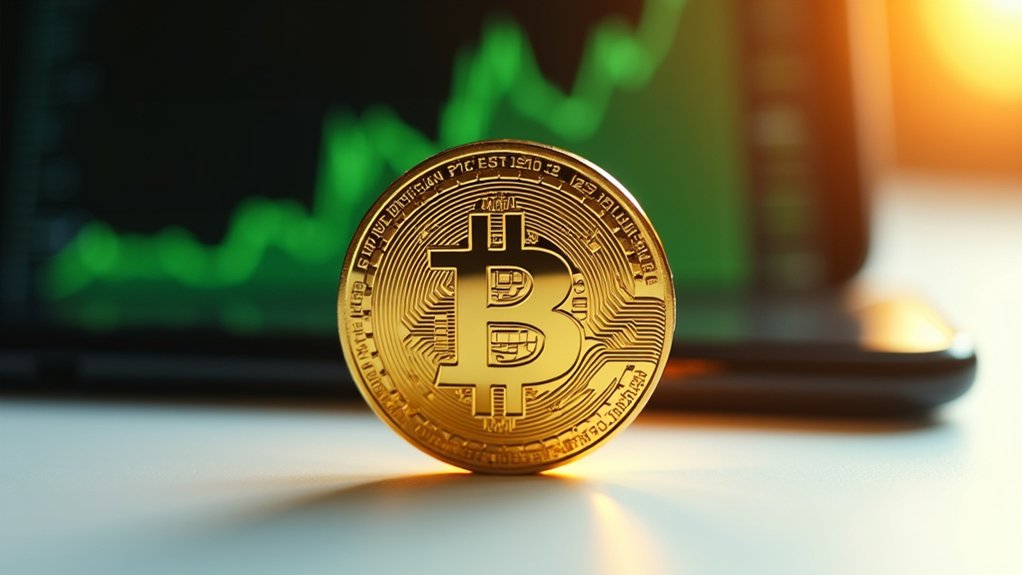While Bitcoin evangelists once proclaimed digital gold would usher in an era of monetary stability free from central bank machinations, the cryptocurrency’s price movements have instead delivered volatility that would make even the most seasoned commodities traders reach for their blood pressure medication. The latest data reveals a financial instrument that continues defying conventional risk models with the persistence of a caffeinated day trader.
Bitcoin’s realized volatility peaked above 100% during a ten-day stretch in November 2022—a figure that transforms even modest position sizes into white-knuckle experiences. While volatility has moderated since then, dropping from daily standard deviations of 5.3% to 2.1% by mid-2025, this “improvement” merely elevates Bitcoin from utterly unhinged to merely resembling crude oil’s temperament.
Bitcoin’s volatility has merely evolved from financial chaos to crude oil-level madness—hardly the stability revolution once promised.
The first quarter of 2025 exemplified Bitcoin’s capacity for dramatic reversals. The Yardstick indicator—a measure of price relative to historical averages—soared to 3.06 in January before plummeting to negative territory (-0.58) by April. This coincided with prices careening from over $100,000 to the $70,000-$85,000 range, delivering the kind of portfolio whiplash that separates true believers from mere speculators. Bitcoin reached highs near $109,000 amid the U.S. administration inauguration before experiencing subsequent pullbacks driven by macroeconomic uncertainties. The recent recovery has seen Bitcoin rebound to approximately $100,000 following its January drop to around $89,000. While Bitcoin maintains its position as the dominant cryptocurrency, the broader market includes over 10,000 cryptocurrencies that create an increasingly complex investment landscape for traders seeking alternatives.
Perhaps more concerning for traditional investors is Bitcoin’s evolving correlation patterns. The cryptocurrency now exhibits a 0.70 correlation with the Nasdaq 100, its highest since December 2022, while maintaining positive correlations of 0.49 with high-yield corporate bonds and 0.52 with tech stocks. This transformation from uncorrelated alternative asset to risk-on companion undermines diversification strategies precisely when investors need them most.
Institutional adoption through Bitcoin ETFs has paradoxically amplified volatility through concentrated flows, while regulatory developments continue triggering rapid price adjustments that make monetary policy announcements seem predictable by comparison. The negative correlation with the U.S. dollar (-0.29) offers some hedge value, though relying on Bitcoin for portfolio stability remains akin to using nitroglycerin as a paperweight.
Market participants now face an asset that behaves like tech stocks during bull runs, commodities during crises, and something entirely unprecedented during regulatory uncertainty—a volatility cocktail that challenges traditional risk management frameworks while keeping compliance officers perpetually caffeinated.









